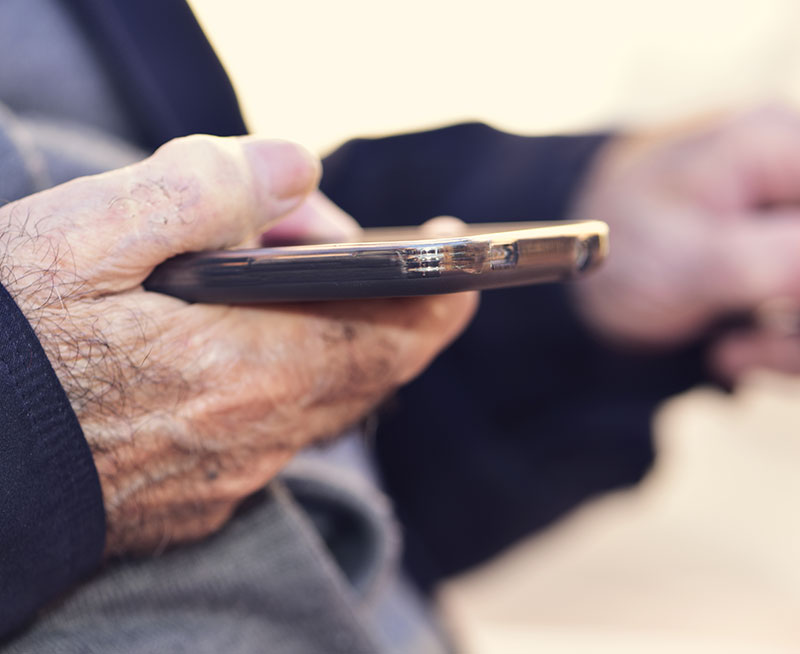How Telehealth Works
How Telehealth Works
Telehealth services ensure that we stay connected to our patients and our patients stay connected to us – no matter where they are.
By using our telehealth service, our movement disorder and Parkinson’s disease specialists can provide you with quick, convenient, remote access to consultations, treatment, and advice ensuring that you get the care that you need, without disrupting your daily routine. For some patients with a movement disorder, mobility can be difficult, and telehealth services become vital to the ongoing treatment and monitoring of progressing conditions.

Live video streaming and video conferencing allows our patients and neurology specialists to communicate directly through a live video feed. This method of communication acts as a substitute for an in-office meeting when one cannot be made. It allows our doctors to identify, diagnose, and monitor the visible signs of movement disorders, such as tremors. It also facilitates primary care and specialist care referral services by allowing multiple doctors in different locations to collaborate on diagnoses and determine the best treatment and care options available; not only in one area but nationwide.
Mobile health allows our patients and motion disorder specialists to deliver healthcare and educational support through mobile devices such as telephones and tablet computers. Communication can be conducted by text messaging, speaking over the phone, instant messaging, or online communication platforms such as chat rooms. Mobile health provides a method for constant mobile communication so that no matter where you are, we are always just a phone call away.
Remote patient monitoring uses remote technology to allow our neurology specialists to monitor your progress and care by sharing information directly with them. MDPDS provides remote devices that can record information such as your weight, blood pressure, and heart rate, for example, and relay this information directly to your dedicated MDPD specialist. This type of in-home monitoring is useful, because it allows your movement disorder specialist to continuously monitor any changes in your condition and potentially identify problems before they start to show physical signs. Reminders built into these devices also help to ensure you stick to a routine and don’t forget to do what is needed.
Store and forward techniques allow the sharing of historical, educational resources and information through mediums such as pre-recorded videos or digital images such as x-rays or photographs. This methodology empowers patients by providing them with an alternate source of communication. By simply recording a video using your mobile phone video camera, and sending it to your neurology specialist via email, MMS, or text message you can relay information about symptoms that may be causing you concern. Historical store and forward techniques also enable specialists to evaluate and share data with other medical professionals. This data can collectively provide a more thorough overview of symptoms for diagnoses and facilitate the design of tailored treatment and care programs that may be available outside of your existing network.
